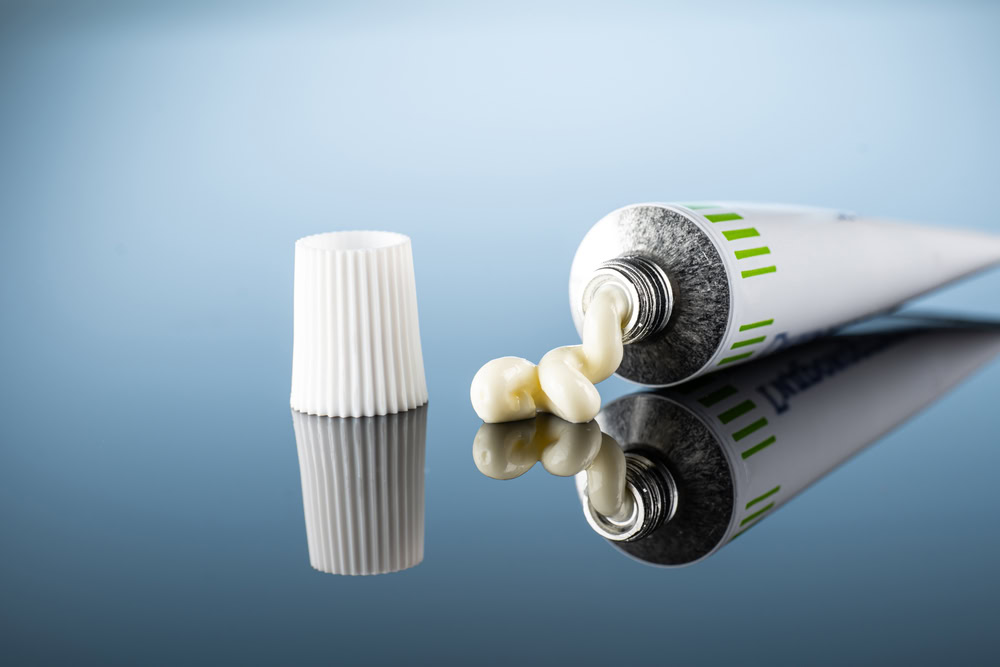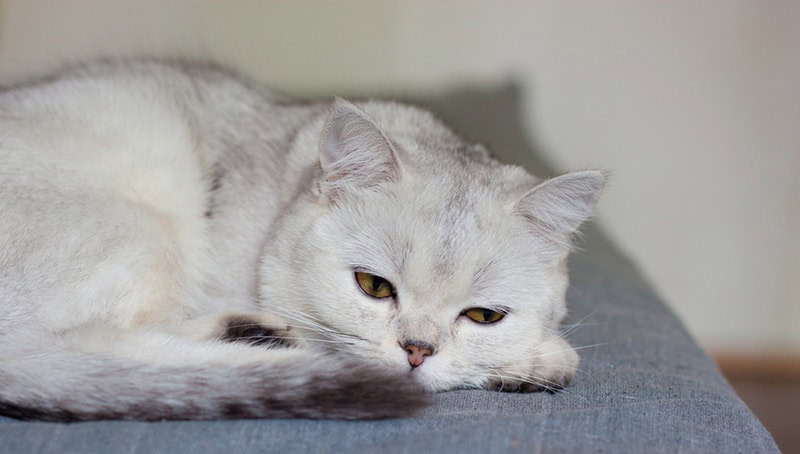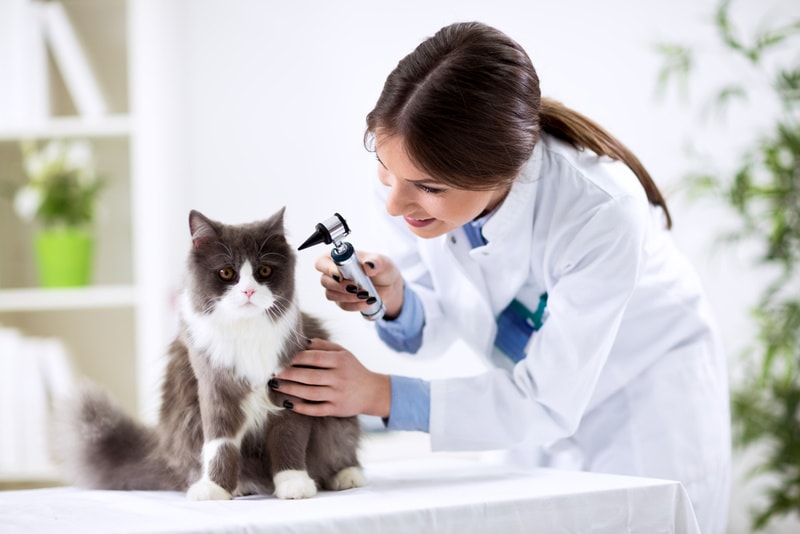VET APPROVED

The information is current and up-to-date in accordance with the latest veterinarian research.
Learn more »Click to Skip Ahead
You’ve spotted a small wound or patch of itchy skin on your cat; what do you do next? It’s only a minor thing and your cat doesn’t seem too bothered, so your first instinct might be to check the medicine cabinet to see what you already have, rather than deal with the hassle and expense of a trip to the vet. As you rummage around your various tubes, tubs, and tablet containers, you come across some Neosporin: jackpot! This topical ‘cure-all’ is safe to use on our scrapes, cuts, and burns, but is it safe to use on cats?
Unfortunately, the answer is not as straightforward as a simple YES or NO because there are safety precautions that must be taken if you are going to use it on your cat. Read on to find out if, when, and how you can use Neosporin on cats.
What Is Neosporin?
Before we can get into whether or not it’s safe to use Neosporin on cats, we need to talk about what it actually is.
Neosporin (original) is an antibiotic ointment used to treat minor scrapes, cuts, and burns. The active ingredients are:
| Antibiotics | Pain Relief |
| Bacitracin zinc | Pramoxine hydrochloride |
| Neomycin sulfate | |
| Polymixin B |
There are also a number of different varieties of Neosporin, including Simply Neosporin, which only contains the bacitracin zinc and polymixin B, suitable for those allergic to neomycin.
The inactive ingredients in Neomycin are Petrolatum, Gossypium Herbaceum (Cotton) Seed Oil, Olea Europaea (olive) Fruit Oil, Theobroma Cacao (Cocoa) Seed Butter, Sodium Pyruvate, Tocopheryl Acetate.
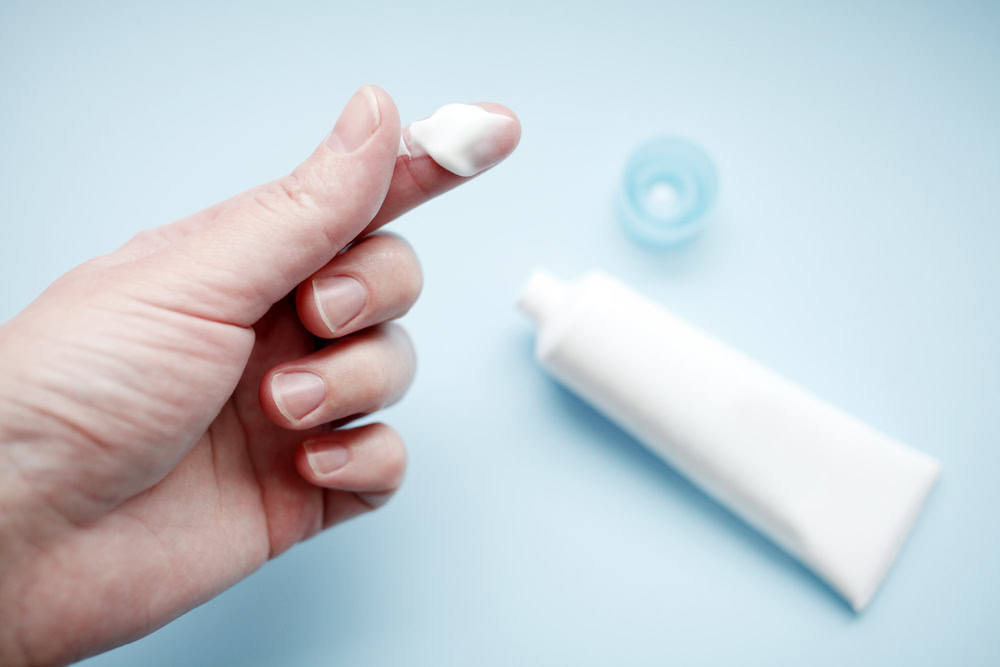
Is Neosporin Safe For Cats?
The ingredients found in Neosporin are technically safe for cats, with the exception of theobroma cacao (aka cocoa) which is potentially toxic. However, the concentration of this ingredient would not be enough to cause any adverse reactions. In fact, most of the ingredients in Neosporin are found in several different veterinary antimicrobial preparations.
The problem with using Neosporin on cats is that it is not approved for this use, and its safety has not been established in this species. That being said, it is sometimes used or recommended by vets in an ‘off-label’ capacity.
There are lots of different reasons we might use medication off-label. For example, if there is a shortage of the licensed product, or if there isn’t a veterinary equivalent to a specific medication, an alternative brand that is not licensed for use in that species may be prescribed.
If a medication is being prescribed or recommended to use off-label, this must be made clear. In most cases, the fact that a medication is being used off-label is little more than a technicality, but it’s important to be aware that anything used in this way may not have been proven safe to use on your pet, and the normal guarantees and legal protections will not apply.

Is Neosporin Dangerous For Cats?
In most instances, Neosporin is not dangerous for cats. However, there are some exceptions and precautions to be aware of.
Neosporin Is Not Made For Cats
Neosporin has been formulated and tested for use on human skin, but even some humans may have an adverse reaction to it. Cats tend to be more sensitive to chemicals on the skin, so extreme caution should be exercised if using it on a feline patient.
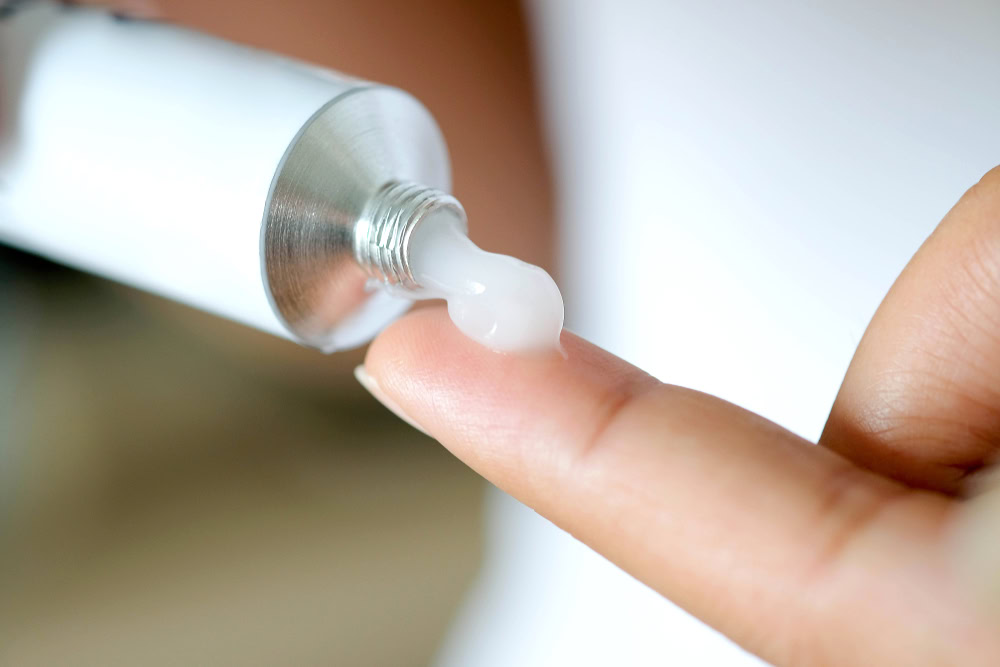
Neosporin Must Not Be Ingested
Although the ingredients found in Neosporin are not considered to be harmful for cats, this medication is for topical, external use only, and is not designed to be ingested. If your cat licks the ointment from their skin, they may be absolutely fine, but they may also become unwell.
Neosporin Is Not For Eyes
Several veterinary ophthalmic (eye) ointments contain most of the active ingredients found in Neosporin, but Neosporin is NOT for ophthalmic use. Even preparations that have been formulated for use in or around the eyes can pose a low risk of allergy or anaphylaxis1, and putting a product not designed for ophthalmic use in the eyes could be disastrous.
Can I Use Neosporin on My Cat?
As a medication formulated for use on human skin, Neosporin is not licensed or recommended for use on cats. Ultimately, if you think your cat may need to be treated with something like Neosporin, the safest option is to speak to a veterinarian. However, if your cat has a small and minor cut, scrape, or insect bite, and you would like to try something at home, Neosporin is a relatively safe option. If you are going to use Neosporin on your cat, be aware that this is off-label, and not a licensed use of the product.
To learn more, we recommend speaking to a veterinarian.
How To Safely Use Neosporin on Your Cat
If you are thinking about using Neosporin to treat a wound on your cat, there are some important things to keep in mind:
- Do not use it in or around the eyes, or anywhere they may be able to wipe it into their eyes.
- Only use it on minor wounds, cuts, or insect bites. Do not use it on open or bleeding wounds, or anything larger than 3-4 inches.
- Do not allow your cat to lick it – use an e-collar if needed.
- Test a small amount on some non-inflamed skin first.
- Apply only a very small amount that will be completely absorbed into the skin.
- Monitor the wound closely. If there is any sign of a reaction, use plain water to rinse any ointment away, and contact your vet.
- If the wound is not improving, make an appointment with your vet.


Final Thoughts
Neosporin is a human antibiotic ointment used to treat scrapes, minor cuts, burns, and insect bites. It contains a combination of three antibiotics and a numbing agent for pain relief. Neosporin is not licensed for use on cats, and its safety in this species is not guaranteed. However, the ingredients found in this ointment are relatively safe, and similar to those found in several veterinary preparations.
If your cat has a wound or injury you think would benefit from the application of Neosporin, the safest thing to do is speak to a vet first. If you would like to try treating minor wounds with Neosporin, be sure to follow the precautions above, monitor your cat closely for any adverse reactions, and reach out to your vet if there are any problems or if your pet is not getting better.
Featured Image Credit: bazilpp, Shutterstock
